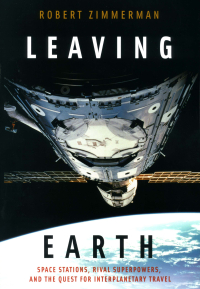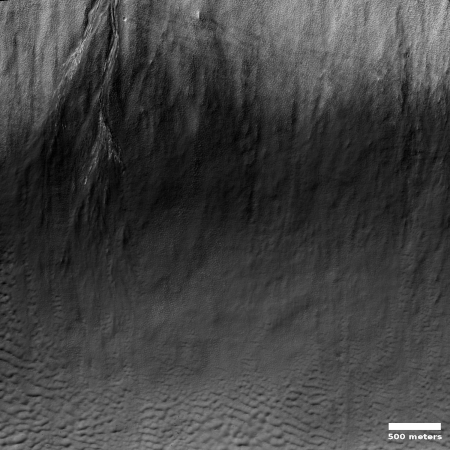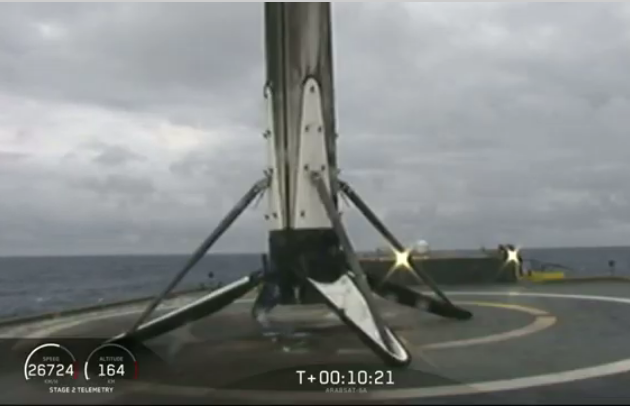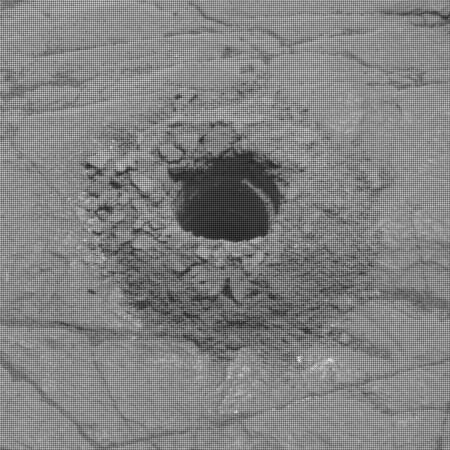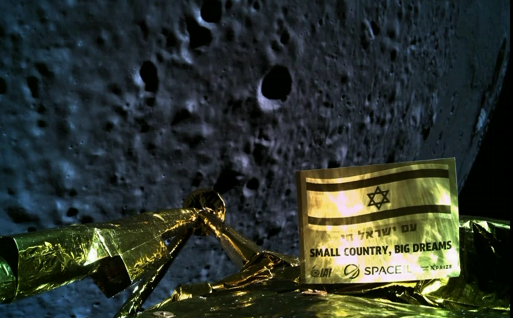Did an interstellar meteor hit the Earth in 2014?
By analyzing the speed in which it traveled through the atmosphere, astronomers propose that a meteor that hit the ground in 2014 was probably an interstellar object.
The scientists analyzed the Center for Near-Earth Object Studies’ catalog of meteor events detected by U.S. government sensors. They focused on the fastest meteors, because a high speed suggests a meteor is potentially not gravitationally bound to the sun and thus may originate from outside the solar system.
The researchers identified a meteor about 3 feet (0.9 meters) wide that was detected on Jan. 8, 2014, at an altitude of 11.6 miles (18.7 kilometers) over a point near Papua New Guinea’s Manus Island in the South Pacific. Its high speed of about 134,200 mph (216,000 km/h) and its trajectory suggested it came from outside the solar system, the scientists said. “We can use the atmosphere of the Earth as the detector for these meteors, which are too small to otherwise see,” Loeb told Space.com.
The meteor’s velocity suggested it received a gravitational boost during its journey, perhaps from the deep interior of a planetary system, or a star in the thick disk of the Milky Way.
To put it mildly, there are a lot of uncertainties about this conclusion. Nonetheless, their approach and hypothesis is very intriguing, and seems logical.
By analyzing the speed in which it traveled through the atmosphere, astronomers propose that a meteor that hit the ground in 2014 was probably an interstellar object.
The scientists analyzed the Center for Near-Earth Object Studies’ catalog of meteor events detected by U.S. government sensors. They focused on the fastest meteors, because a high speed suggests a meteor is potentially not gravitationally bound to the sun and thus may originate from outside the solar system.
The researchers identified a meteor about 3 feet (0.9 meters) wide that was detected on Jan. 8, 2014, at an altitude of 11.6 miles (18.7 kilometers) over a point near Papua New Guinea’s Manus Island in the South Pacific. Its high speed of about 134,200 mph (216,000 km/h) and its trajectory suggested it came from outside the solar system, the scientists said. “We can use the atmosphere of the Earth as the detector for these meteors, which are too small to otherwise see,” Loeb told Space.com.
The meteor’s velocity suggested it received a gravitational boost during its journey, perhaps from the deep interior of a planetary system, or a star in the thick disk of the Milky Way.
To put it mildly, there are a lot of uncertainties about this conclusion. Nonetheless, their approach and hypothesis is very intriguing, and seems logical.



